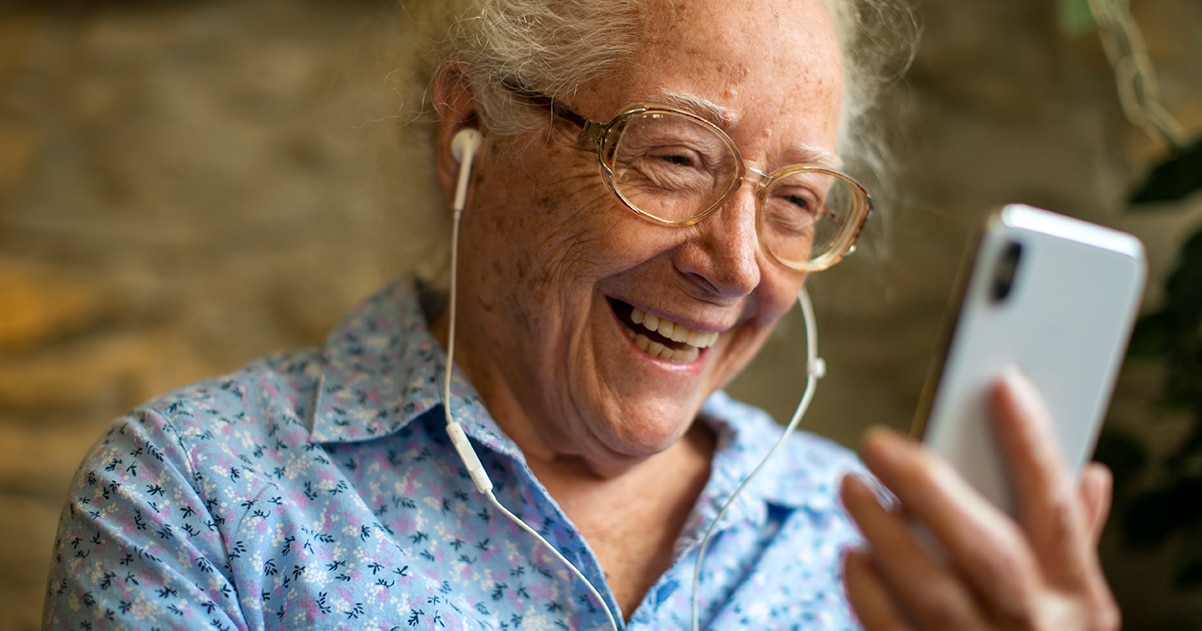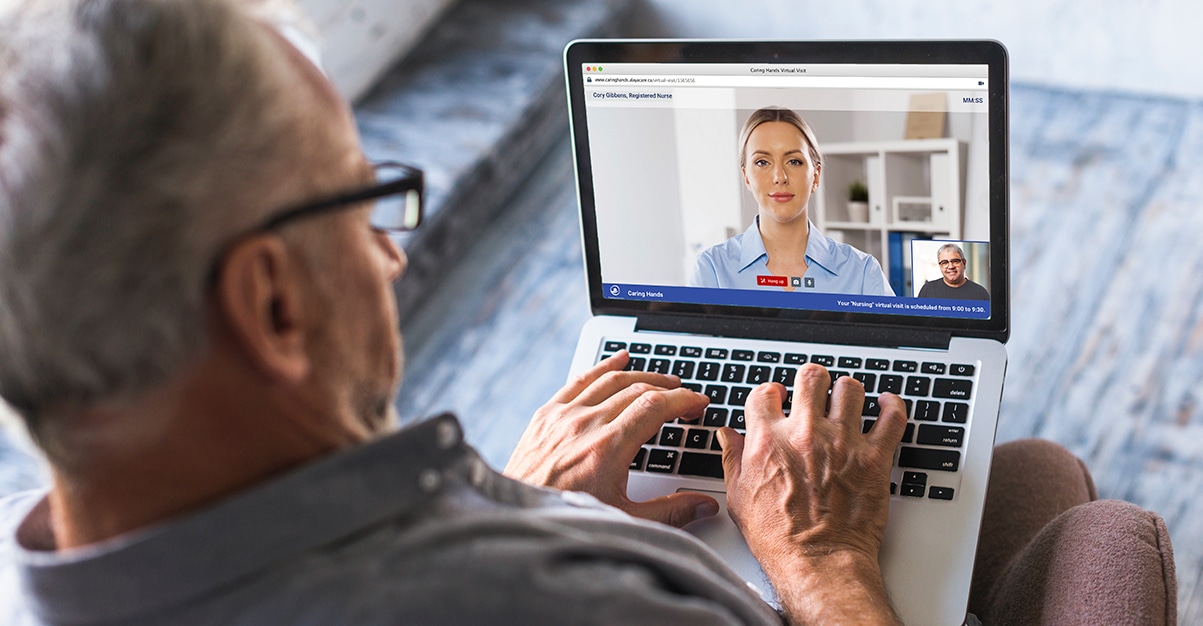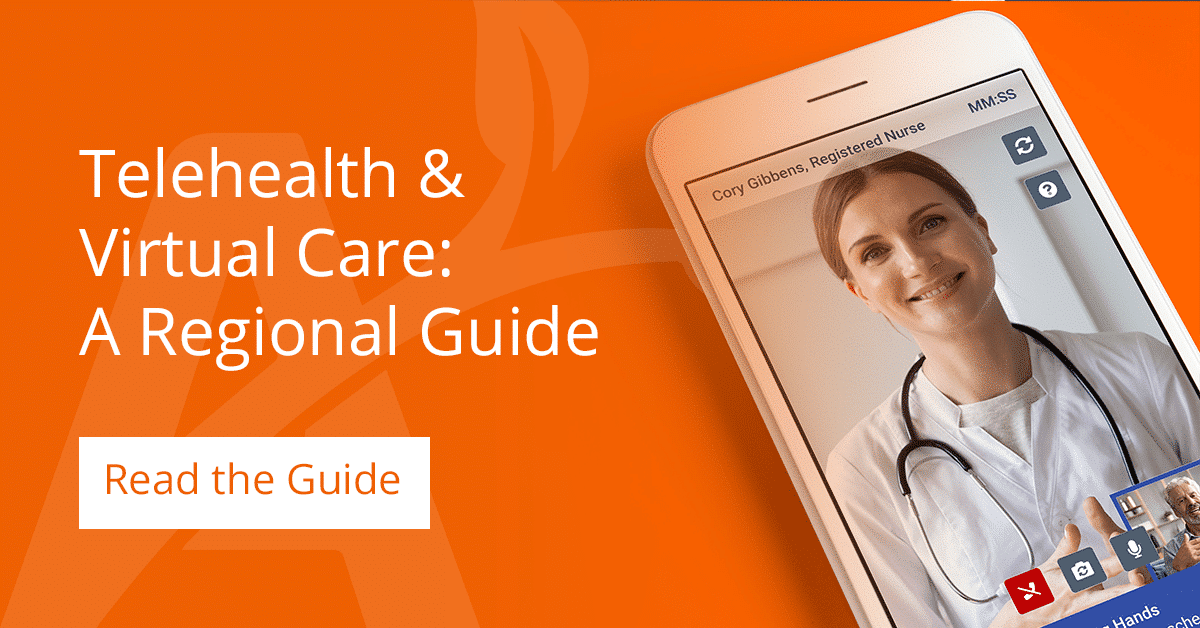Blog
4 Tips to Boost Client Demand for Virtual Care Services

The COVID-19 pandemic has ushered in a new imperative for virtual care services. As the health-care crisis continues, and social distancing becomes part of our lives for the foreseeable future, implementing care tactics that keep both caregiver and client safe is of the utmost importance. It’s a topic we’ve covered extensively.
Virtual care comprises, of course, a spectrum of elements from phone calls to recorded video to live video sessions to remote patient monitoring to wearable technologies. Still, while agencies may realize the value of such options, our 2020 Home-Based Care Technology Survey and Report found that many are reluctant to implement them – because client demand is low.

Together with Home Health Care News, we surveyed 300 providers in May and June, and found that despite the perceived importance of virtual home care services, low demand has meant that half of respondents haven’t moved to implement it.
While many clinical tasks require in-person client support, a sizable proportion of in-home visits could be shifted virtual – to the benefit of both agency and client. This is where client education becomes an important tool.
Here, a few quick tips to help further the conversation around virtual care with clients, and spur demand:
Show them how easy it can be: Change is never easy, and embracing new technology can be a difficult hurdle for many of us. Take the time to show clients how simple and reassuring it can be to chat with loved ones or their caregiver by video. Help them understand that just because something is new, it doesn’t have to be difficult. We’ve even prepared a patient-ready tip sheet to help your clients feel confident about what a virtual visit entails.
Help them feel empowered in their care: Clients may assume that the care they receive simply must be performed by a professional. Yet, there are many tasks that patients can actually be empowered to perform themselves. How many visits by nurses are more about monitoring patient progress or collecting vitals? What if this task were shifted to clients, enabling them to take greater onus on self-management? With the right tools and support, many clients can themselves be responsible for some documentation.
Impart that family members are valued partners: Family caregivers have long remained on the outsides looking in at their loved ones’ care, privy only to updates when they’re in for a visit. With virtual care, family can become more sophisticated members of the health-care team. They can be coached through some interventions, including how to capture vitals and monitor their loved ones from afar. Through AlayaCare’s Family Portal software, for example, all loved ones have real-time insight into their family member’s care plan.
Remind them of safety first: No introduction needed here, particularly with vulnerable individuals involved. With physical distancing still essential where possible, we must make it a priority to shift in-person care to only those occasions when it is necessary. The right software platform can identify clients who are higher risk, or whose status may be deteriorating, facilitating a risk profile that can triage care based on diagnoses, demographics and vital signs. Doing so helps ensure client safety and aligns in-person visits to those who need them.
Moving beyond client demand
We know that right now it’s hard to catch a breath to figure out how to streamline operations. Close to 60 of the survey respondents also identified COVID-19’s impact on operations and business as a pain point in home-based care, making the pandemic the most prominent challenge in the industry today.
Yet client demand shouldn’t be the only factor in decisions on virtual care. The reality is, we’ve learned on the fly as a society that we can do a lot more things virtually than we might have imagined. Efficiencies (read: cost savings) abound in a virtual care model.
While it’s up to each individual agency to determine their virtual comfort level, consider that:
- Supervisory visits and assessments can be easily conducted over video versus in-person. This is expected to become a permanent change in the industry.
- With caregiver shortage a pressing challenge, employing a virtual suite enables nurses and caregivers to spend less time on the road and more time focused on client care. Instead of performing four visits in one day for example, a caregiver could do double that virtually – a boon when great resources are scarce.
We’ve pulled together several additional resources on this subject, including our region-specific telehealth and virtual care guide.
For more information on the complete survey results, please get in touch.







